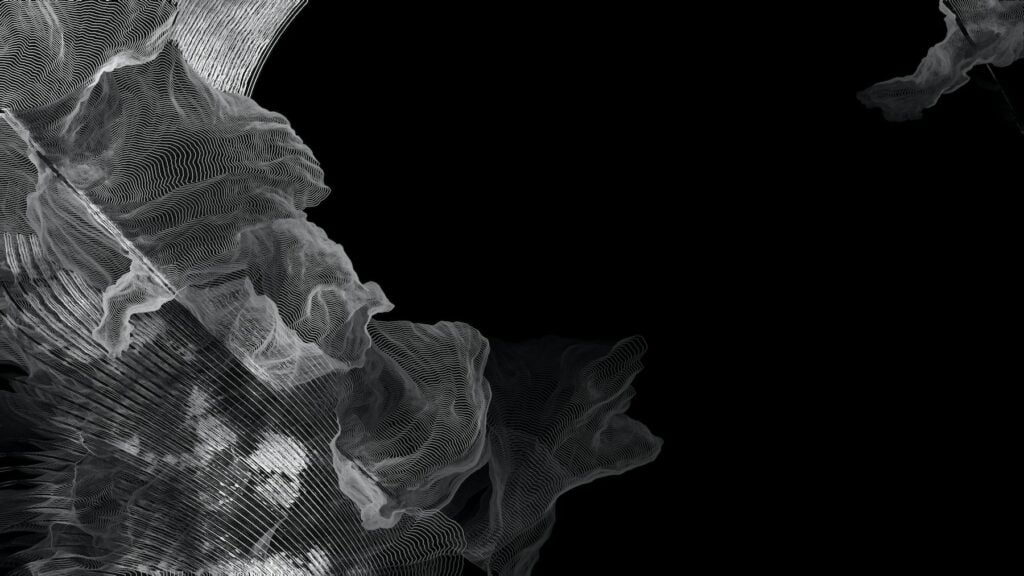![The ‘Giveaway Piggy Back Scam’ In Full Swing [2022]](https://www.cjco.com.au/wp-content/uploads/pexels-nataliya-vaitkevich-7172791-1-scaled-2-683x1024.jpg)

Revolutionizing AI Image Compression: Unveiling Google’s New Technique Leveraging Score-Based Generative Models

As Seen On
Artificial Intelligence has become the profound building blocks of our digital era, with the capacity to generate impressively high-quality images. One application echeloning this revolution is image compression. Efficient and effective image compression is pivotal in hyperconnected global content generation, data storage, and bandwidth optimization. Notwithstanding, the utilization of score-based generative models in image compression has been confronted by substantial limitations which subsequently hinder their application, till now.
The world of digital imagery has been traditionally dominated by the use of generative adversarial networks (GAN-based) and text-to-image models in image compression. Despite their success in boosting efficiency and preserving significant image details, they do fall short in some sectors. This has triggered numerous debates on reevaluating the use of score-based generative models. The general consensus points out that while these models have shown remarkable performance in image generation, their application to image compression tasks proves to be a unique challenge. The existence of this potential discrepancy unveils an avenue yet to be explored.
Meta-tectonic shift seems imminent at the back of Google’s recent proposition. The tech giant’s researchers have meticulously combined a standard autoencoder with a diffusion process to develop a technique for image compression that outperforms conventional methods. This blending has been crafted to fulfill the dual objective of showcasing details more distinctly and optimizing the mean squared error (MSE) approach. Though it isn’t of esoteric nature, it showcases innovation in existing technology, emphasizing strengths and addressing weaknesses.
The technique utilizes a two-pronged approach comprising diffusion models and rectified flows. Though diffusion models make a compelling case for themselves with their impressive performance, limitations in application still exist. Rectified flows, on the other hand, deliver similar benefits but perform better with fewer sampling steps, paving the way for faster compression methods.
Making a comparative analysis between diffusion models and rectified flows reveals their individual contributions to the broader objective of efficient image compression. From their distinct roles to the relevance in image compression, these two components of the suggested technique make a compelling case for the argument centered on score-based generative models.
Google’s move to invite score-based generative models to the image compression tasks table has the potential to revolutionize the AI landscape. There are vast potential implications should these models succeed in delivering more effective results. The need for further research to optimize these models may be apparent, but an important milestone has been achieved that could translate into significant advancements in AI and image-based applications.
The significance of these advancements extends to numerous fields and sectors, reflecting the strength of the innovation. As content continues to dominate digital platforms, the ability to compress images more effectively has profound implications on data storage and bandwidth optimization.
We stand at the precipice of a revolution, one that challenges the existing order of image compression techniques. As we inch closer to extracting the full potential of AI capabilities, the space of image compression awaits its new champion- the score-based generative models. Google’s research could be the first bold step into a future where compressed images equate to no loss in detail.
Casey Jones
Up until working with Casey, we had only had poor to mediocre experiences outsourcing work to agencies. Casey & the team at CJ&CO are the exception to the rule.
Communication was beyond great, his understanding of our vision was phenomenal, and instead of needing babysitting like the other agencies we worked with, he was not only completely dependable but also gave us sound suggestions on how to get better results, at the risk of us not needing him for the initial job we requested (absolute gem).
This has truly been the first time we worked with someone outside of our business that quickly grasped our vision, and that I could completely forget about and would still deliver above expectations.
I honestly can't wait to work in many more projects together!
Disclaimer
*The information this blog provides is for general informational purposes only and is not intended as financial or professional advice. The information may not reflect current developments and may be changed or updated without notice. Any opinions expressed on this blog are the author’s own and do not necessarily reflect the views of the author’s employer or any other organization. You should not act or rely on any information contained in this blog without first seeking the advice of a professional. No representation or warranty, express or implied, is made as to the accuracy or completeness of the information contained in this blog. The author and affiliated parties assume no liability for any errors or omissions.

